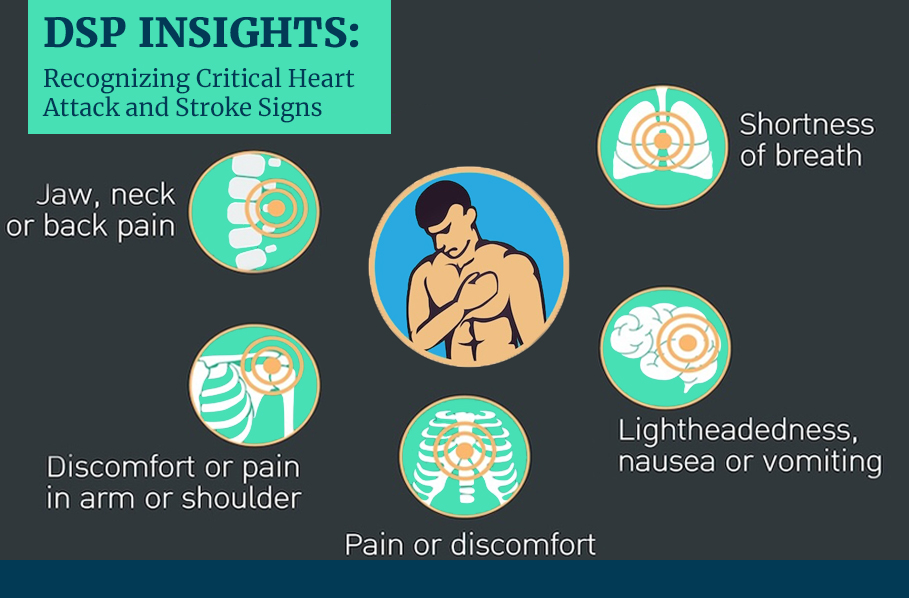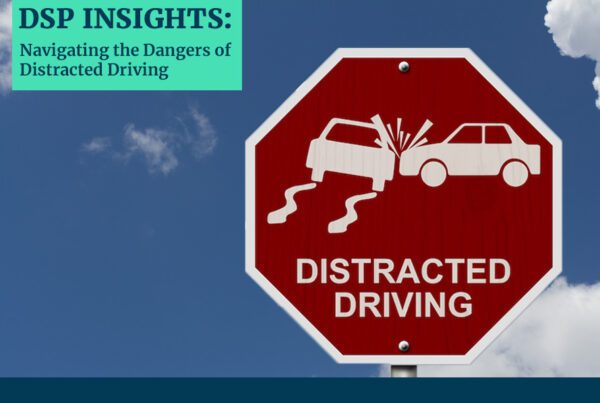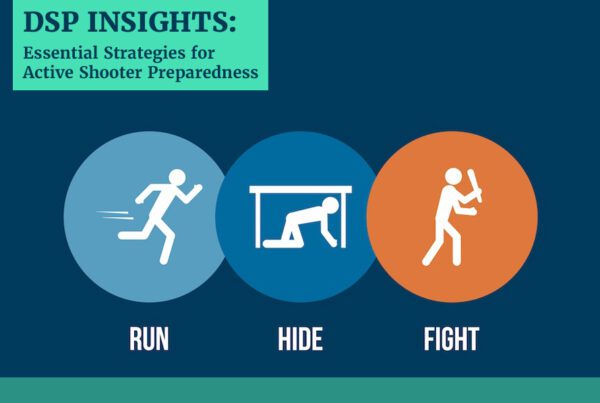
Recognizing the signs and symptoms of a heart attack or stroke is crucial for timely intervention and potentially life-saving action.
Understanding Heart Attack and Stroke: Signs and Symptoms You Shouldn’t Ignore
Heart attacks and strokes are serious medical emergencies that require immediate attention. Being able to recognize the “Heart Attack and Stroke Signs” can make all the difference in seeking prompt medical care and potentially preventing severe complications. Let’s delve into what you need to know about the warning signs of these two critical health events.
Heart Attack Signs and Symptoms:
- Chest Discomfort: The most common symptom of a heart attack is discomfort or pain in the chest. This sensation can vary from mild to severe and may feel like pressure, squeezing, fullness, or pain.
- Upper Body Discomfort: Pain or discomfort may also be experienced in one or both arms, the back, neck, jaw, or stomach.
- Shortness of Breath: Feeling short of breath or having difficulty breathing can occur before or during a heart attack.
- Other Symptoms: Additional “Heart Attack and Stroke Signs” may include nausea, lightheadedness, cold sweats, and fatigue.
It’s important to note that not everyone experiences all of these symptoms, and they can vary in intensity. If you suspect you or someone else is having a heart attack, don’t delay – call emergency services immediately.
Stroke Signs and Symptoms:
- Sudden Numbness or Weakness: Weakness, numbness, or paralysis, particularly on one side of the body, can indicate a stroke. This may affect the face, arm, or leg.
- Confusion or Trouble Speaking: Difficulty speaking, slurred speech, or trouble understanding speech are common signs of a stroke.
- Trouble Walking: Sudden dizziness, loss of balance, or difficulty walking without explanation can be indicative of a stroke.
- Vision Problems: Blurred or blackened vision in one or both eyes, or sudden vision loss, may occur during a stroke.
- Severe Headache: A sudden and severe headache, often described as the worst headache of one’s life, can be a sign of a stroke, especially when accompanied by other “Heart Attack and Stroke Signs.”
Remember the acronym FAST to help recognize and respond to the signs of a stroke:
- Face drooping
- Arm weakness
- Speech difficulty
- Time to call emergency services
Conclusion: Heart attacks and strokes are medical emergencies that require immediate attention. Recognizing the “Heart Attack and Stroke Signs” can be lifesaving, as prompt medical intervention can minimize damage and improve outcomes. If you or someone you know experiences any of these warning signs, don’t hesitate to seek help. Time is of the essence in these situations, and acting quickly can make all the difference.
Your health and safety are paramount. Stay informed, stay vigilant, and don’t ignore any potential warning signs – they could be the difference between life and death.



